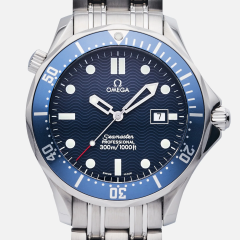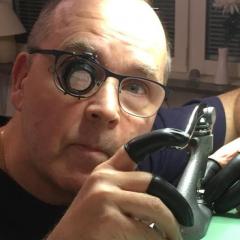Tweezers sticking to small parts
-
Recently Browsing
- No registered users viewing this page.
-
Topics
-
Posts
-
It needs to be stirred before use and that makes it feel a lot thinner than when in the bottle. Does it feel as thin as 9010 after stirring it? I guess not! Yes, it's strange! I don't know, but if it is on impact it would make sense.
-
By Hawaiikook808 · Posted
Thanks, OH! I agree with you. I'm currently looking at them under magnification, and they are consistent in shape and form for each section (flat pushers, pump pushers, concave, reamers, etc.). Though, a few are in bad condition and need to be replaced. Before I cancel the return I have already initiated on eBay, can any of our members check to see if there are inconsistencies in markings on their sets? Also, I have included a snapshot of the bottom of one of the pump pushers, which are very unique in shape. Can someone tell me if the bottoms of their pump pushers match this photo? I'm hoping that Seitz had some inconsistencies in manufacturing over the years regarding markings. Crossing my fingers. I appreciate you guys. Frank -
All I can say is the set I used was quite old and belonged to my master and it was complete the parts were numbered. What you might have are cheap replacements could be made in the likes of China who make cheep crap.
-
By Neverenoughwatches · Posted
You have a rocking bar set and wind design chief, still usable for identification. We just need the plate diameter now.
-











Recommended Posts
Join the conversation
You can post now and register later. If you have an account, sign in now to post with your account.
Note: Your post will require moderator approval before it will be visible.